Sound investments
don't happen alone
Find your crew, build teams, compete in VS MODE, and identify investment trends in our evergrowing investment ecosystem. You aren't on an island anymore, and our community is here to help you make informed decisions in a complex world.
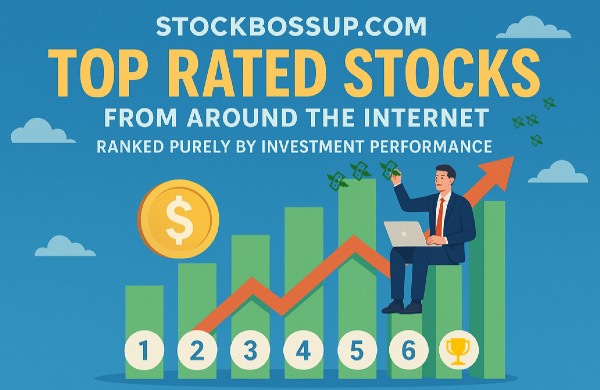


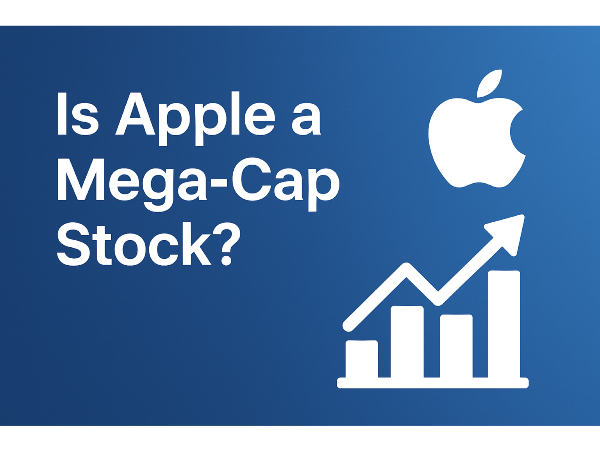
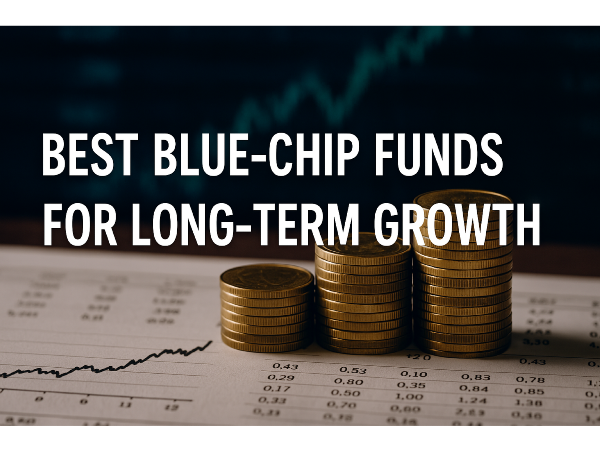
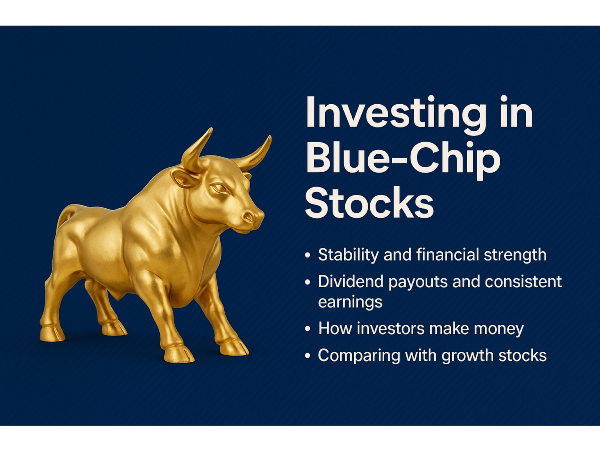
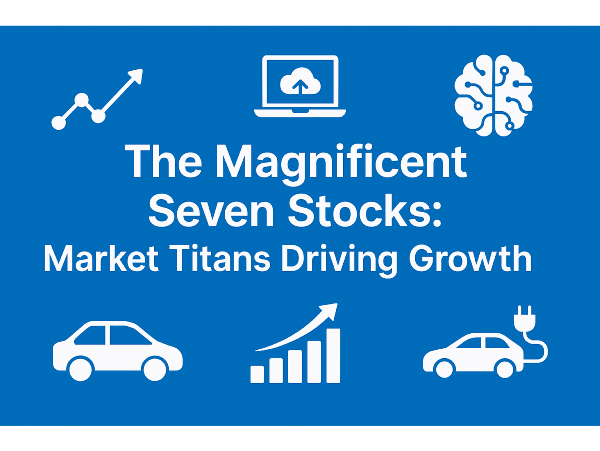
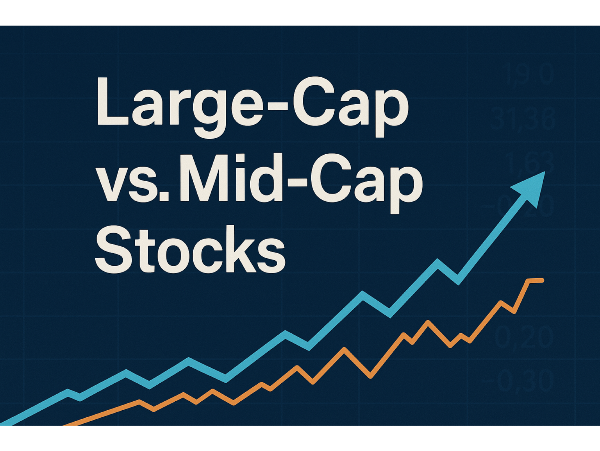
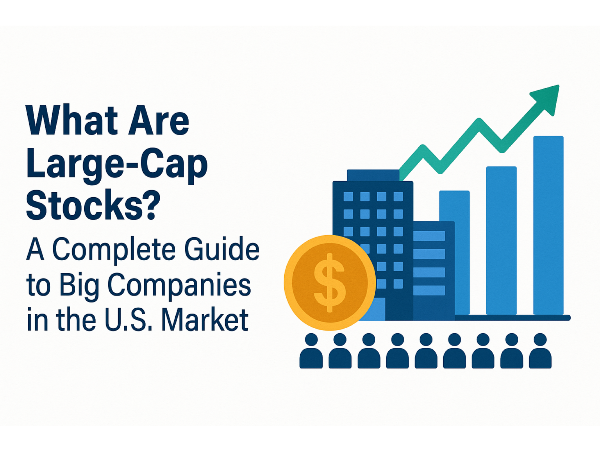
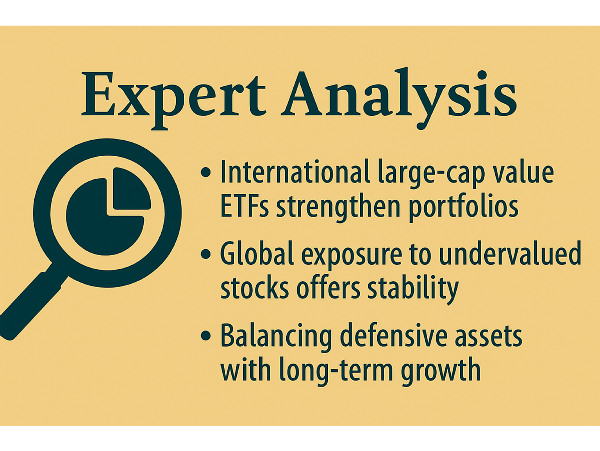

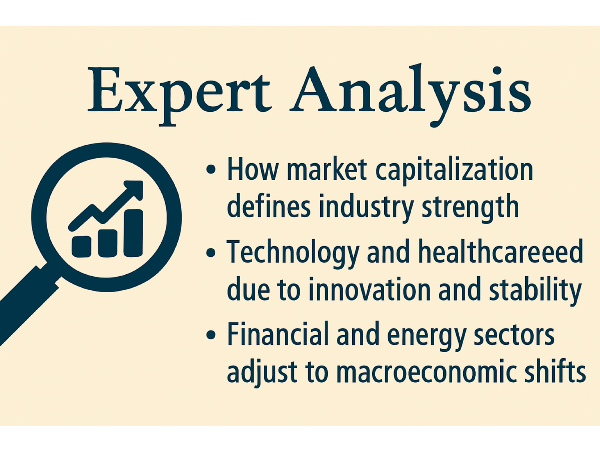

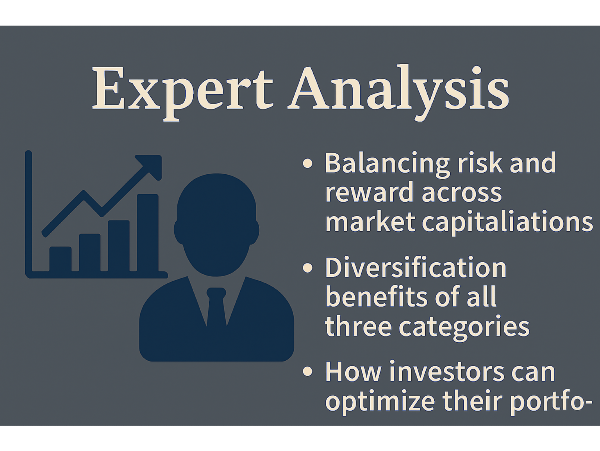
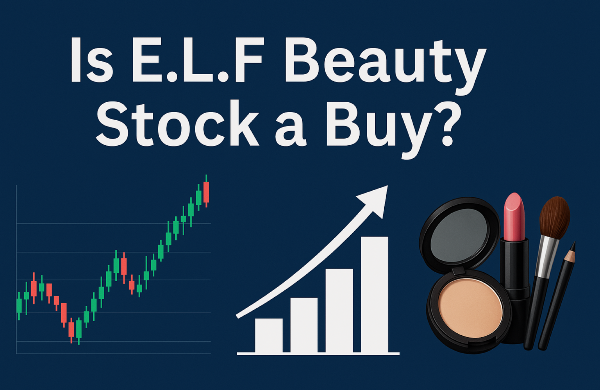
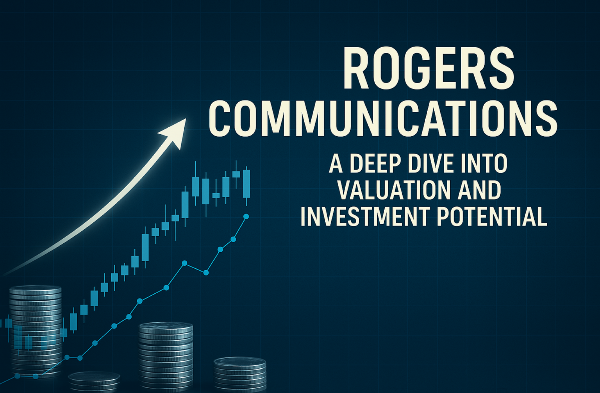
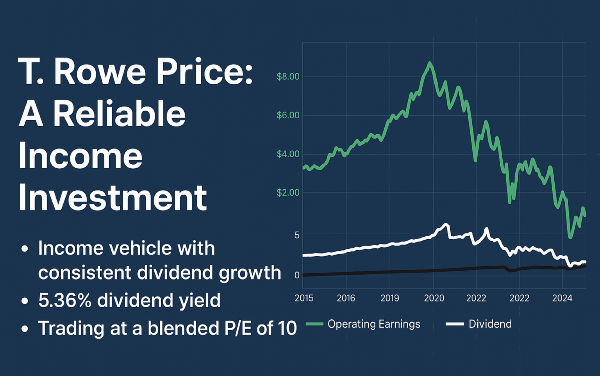
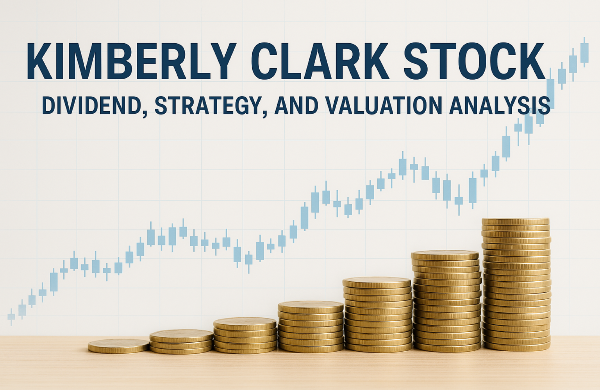

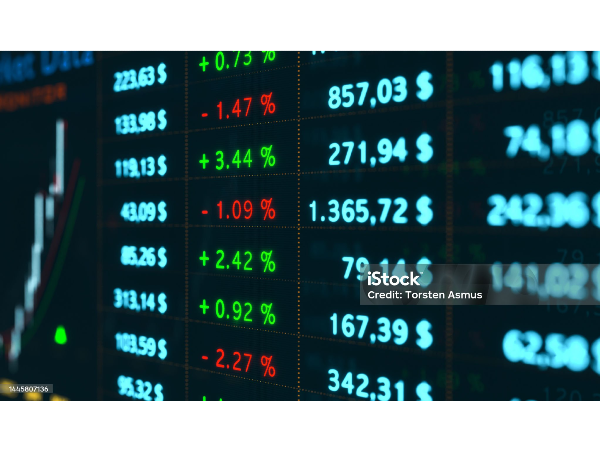










StockBossUp Unveils a Game-Changer for Investors—Top-Rated Stocks Ranked by Performance!
StockBossUp.com is revolutionizing the way investors discover market opportunities with its newest feature: Top-Rated Stocks from Around the Internet! This carefully curated selection isn’t based on hype or speculation—it’s purely ranked by investment performance. The platform ensures that only the best stock picks make the cut, thanks to its rigorous methodology that highlights stocks selected by the top-performing investors in the top 25 percentile of StockBossUp.
Better Performance, Lower Volatility
What sets StockBossUp apart is its commitment to solid performance metrics that encourage diversified portfolios and reduced volatility. By showcasing stocks from elite investors who consistently deliver returns, StockBossUp eliminates guesswork and puts data-backed confidence at the forefront of investment decisions. Whether you're a seasoned investor or just starting your financial journey, this feature provides a powerful edge by filtering stocks based on proven success, not fleeting trends.
StockBossUp - Giving the Street and Edge Against Wall Street
With StockBossUp’s Top-Rated Stocks, users gain access to a list of market leaders, empowering them with data-driven insights to navigate the world of investing with clarity and precision. Say goodbye to uncertainty and hello to high-quality stock picks from investors who have the numbers to back their success. It’s time to invest smarter—StockBossUp is leading the way!